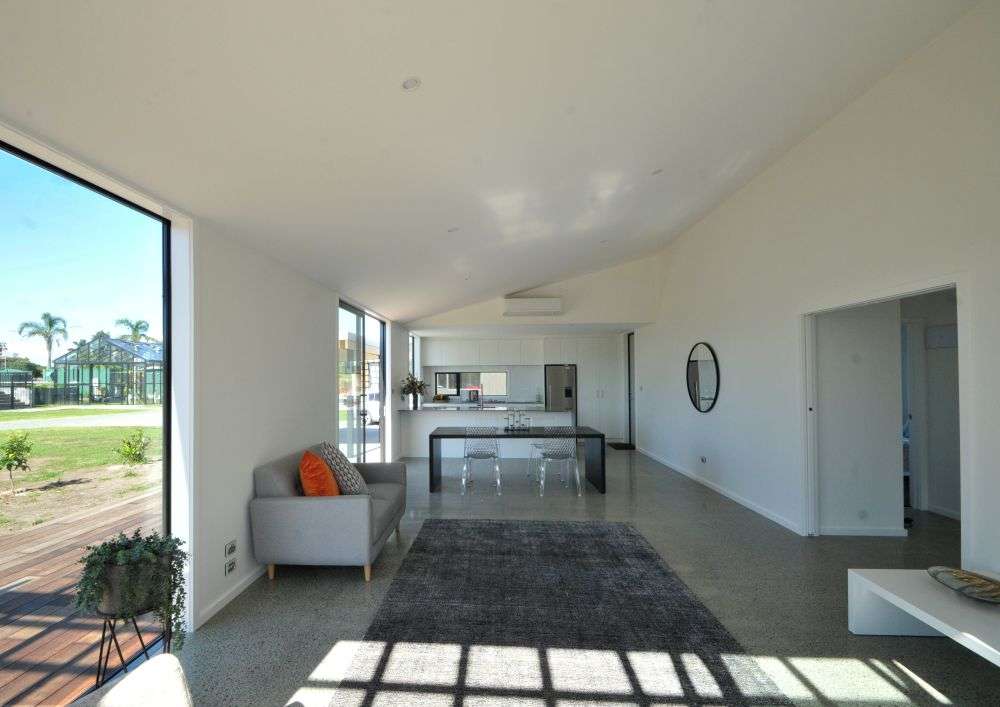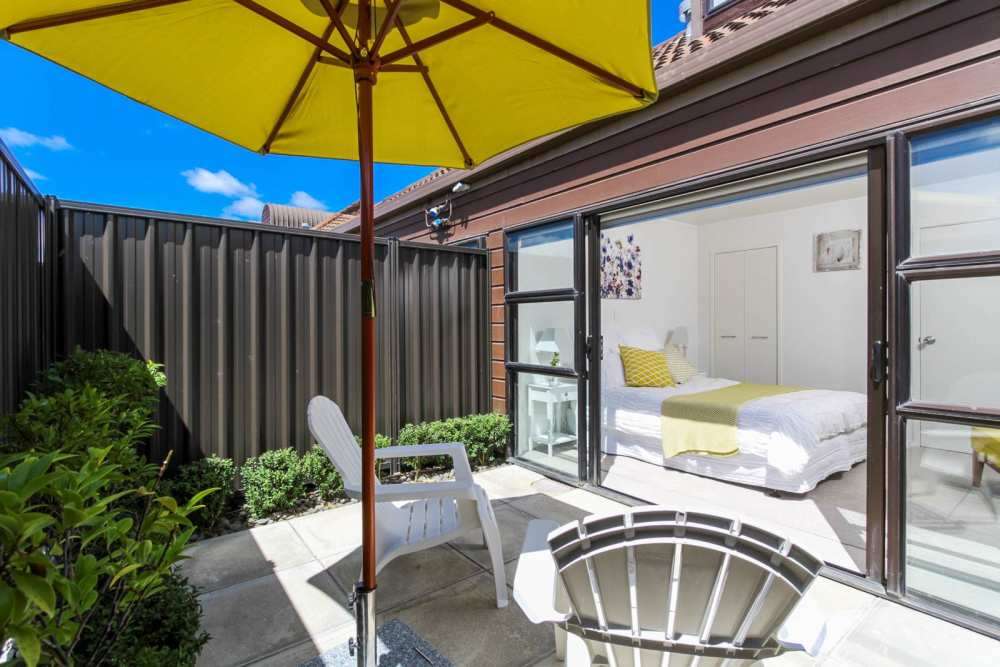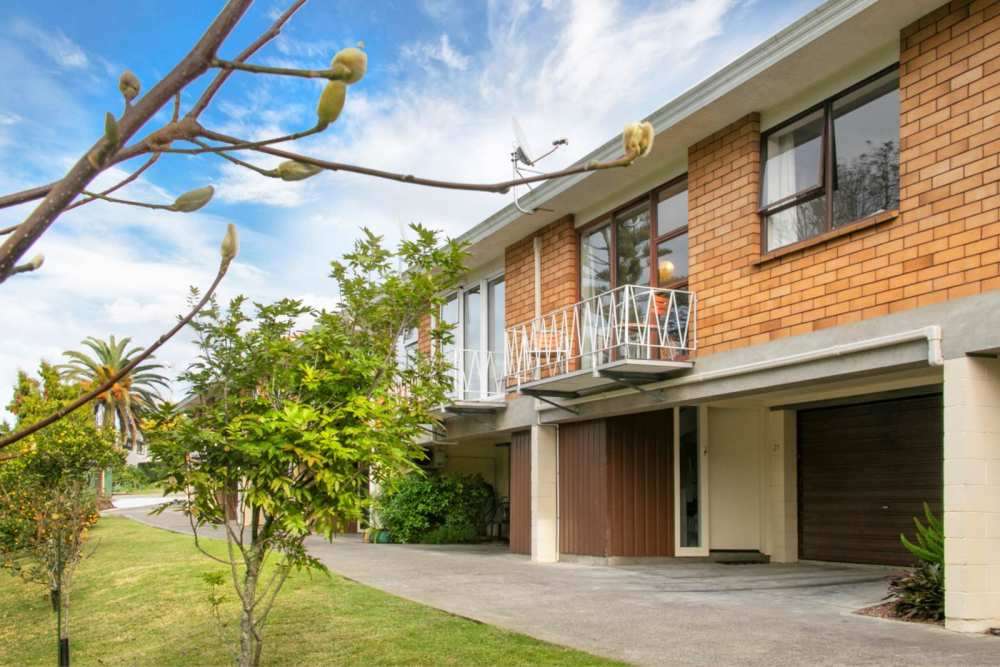If you are over 50 and don’t want screaming children ruining your peace and quiet and jumping in the pool then a “lifestyle community” may be for you.
Just don’t apply if you are under 50.
Lifestyle communities or lifestyle subdivisions are increasing the choice for people who are getting older who want to live alongside others of the same age.
But be warned, while these communities might look like retirement villages they are not, therefore, don’t operate according to retirement village regulations.
Start your property search
The advice is do your homework and get legal advice on whether this way of living is right for you.
John White is the developer of Harbourside Estate in Mangawhai, a bespoke development for the over 50s by the Mangawhai estuary.
He also lives there and loves it.

“I wanted to see a like-minded community,” he says. “The houses are two bedroom and high spec and they’re not built for families. They’re not suitable for children.
“They get like-age and like-minded people. We’ve got a private swimming pool and there are no kids jumping in and out of it.”
Grandchildren are welcome, of course, he says, just not all the time.
“You’ve got to have lines of demarcation for everybody’s sake.”
Unlike a retirement village, White’s community has no service facilities or amenities on site. Harbourside Estate has three designs of homes build when you purchase one of the 24 freehold 350sq m sections, all named after citrus to reflect the sunny northern location. As well as the shared pool, there’s an orangery sitting area, and the complex is gated for security.
The ownership model is freehold title which means people can buy and sell as they like - as long as one of the new owners is over 50.
The feedback from people who live there is all positive, White says.
“For instance, every Saturday night in our recreation room next to the swimming pool we have nibbles and drinks for a couple of hours, so you’ve got like-minded people.”

Another over 50s community offers two bedroom units built in a transformed 1980s motel, complete with brand new kitchens and bathrooms, new décor and storage shed, and there’s a new cabana in the works beside the pool. The freehold title in the body corporate means owners are free to buy and sell – but only to over 50s. There are 20 residents in place, and Iain Scott and Deepak Nain of Barfoot & Thompson Swanson are marketing a two bed unit for $510,000.
Check into an interesting lifestyle community
Troy Churton, the retirement village expert for the Commission for Financial Capability (CFFC), says it’s vital for people to understand the model they are buying into.
“A lot of the marketing that’s used by some of those lifestyle subdivisions is designed to appeal to the same market which can create confusion for some consumers.”
A retirement village has to be registered and is subject to the Retirement Villages Act whereas a lifestyle subdivision on the open market might be a unit title and run by a body corporate.
The dominant model with a retirement village is a licence to occupy where you don’t own the title and usually don’t get a share of any capital gain but Churton says retirement villages do give elderly people an extra set of consumer protections.
These include the requirement for registration through to a code of practice, a code of residents’ rights and a complaints and disputes resolution procedure.
And where it is critical good legal advice before buying into a lifestyle community it is mandatory to have independent legal advice before you can become a retirement village resident, Churton says.

Glenn Higham of Barfoot & Thompson’s Titirangi office is marketing a unit in Willowcroft, a community of 24 units in New Lynn for over 55s. This complex of 24 apartments has always been for older people, and now operates under a strata title with what is known as a covenant of lease. Residents run a very proactive body corporate themselves, Higham says, which means they’re not subjected to the company rules of a commercial retirement village.
He sees this as a stepping stone from family home for active people who are not fully retired – and who want to retain their capital value, not lose it in license to occupy arrangements. The property at 21/16 Willerton Avenue is asking $499,999.
“I don’t think that people realise there are these options, it’s just not that well known,” he says. “But people at that age don’t want to move to a retirement village and lose their asset value, so I think that this will model become more and more popular.
“You have the neighbours, you’ve got company, communal gardens, a swimming pool and spa with a low monthly fee that keeps the gardens, pools and building insurance. I think it will become more and more popular.”
Check out the retirement stepping stone












































































